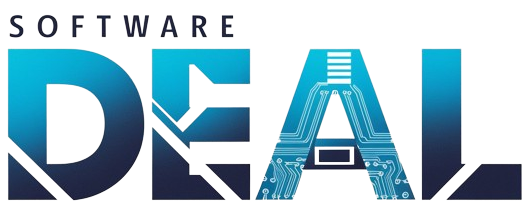Code editors play a fundamental role in the world of web development and programming. They provide a user-friendly interface where developers can write, debug, and organise their code. Understanding their basics is crucial for anyone planning to enter this field, whether as a hobbyist or a full-time professional.
What is a Code Editor?
A code editor is a software application used for creating and editing various files related to programming. This tool allows developers to write and modify code more efficiently. It can highlight syntaxes, indent lines, and number lines which makes the task of writing a functional program a bit easier.
While all code editors provide basic text editing features, some advanced ones offer powerful functions such as debugging support, code navigation, and even built-in terminals. They are crafted in a way that fits the requirements of a variety of programming languages and project types.
Different Types of Code Editors
There are several types of code editors available, each with its unique features and specialities. These are primarily categorised into two groups: Text Editors and IDEs (Integrated Development Environments).
Text Editors
Text editors are software used chiefly for editing plain text. They usually offer features such as syntax highlighting, line numbering, and error detections, which can support various programming languages. Examples include Sublime Text, Atom, and Notepad++.
Integrated Development Environments (IDEs)
An Integrated Development Environment or IDE is a software suite that consolidates basic tools required for software development. IDEs increase productivity by providing similar user interfaces for related tasks and in turn, reducing the time necessary for task switching. Examples of IDEs include PyCharm, Eclipse, and Visual Studio.
Choosing a Code Editor
The choice of a code editor often depends on a developer’s personal preference and the demands of particular projects. Some of the factors to consider while choosing a code editor include:
- Compatibility: The code editor should be compatible with the operating system you are using.
- Programming Language Support: The code editor must cater to the coding language you plan to use.
- Performance: The code editor should be performant and reliable even with large files and complex projects.
- User Interface: The user interface should be user-friendly and customizable according to your preferences.
Conclusion
Composer” are just as crucial to a developer as a canvas is to a painter. Understanding their basics would certainly make your coding journey smoother. Whether you’re a beginner or an advanced developer, choosing the right code editor that fits your development needs can significantly improve productivity and efficiency. Therefore, it is crucial to gauge its compatibility, language support, performance, and user interface.
FAQs
1. Are text editors and IDEs the same?
No, while text editors focus on editing the text and code, IDEs offer a more comprehensive package of development features like debugging, compiling and deployment options.
2. Are code editors expensive?
Some code editors are free to use like Atom and Visual Studio Code, while others require you to purchase a license.
3. Can I use any code editor for my programming language?
While many code editors support multiple programming languages, it’s crucial to select one that best supports your chosen language for optimal functionality.
4. Are all code editors the same?
No, every code editor comes with its unique set of features and functionalities. Some might be excellent for one task but lack other essential features.
5. Do I need to have a code editor?
Yes, if you plan to do any programming or web development, a code editor will be an essential tool for editing and organising your code.

